Your 30s are a powerful decade. You’ve got more wisdom, more confidence, and maybe even more stability. But guess what else starts showing up? The first signs of real skin changes.
Fine lines. Uneven tone. Hormonal breakouts (yes, still!). Maybe your skin feels a little drier or less glowy than it used to. If you’ve looked in the mirror and thought, “Wait, when did that happen?” — you are not alone.
Let’s unpack what’s really happening to your skin in your 30s and how you can work with your body (not against it) to keep your skin vibrant, resilient, and naturally radiant.
Table of contents
The Real Skin Changes in Your 30s
Collagen and Elastin Decline
Your body starts producing less collagen by your mid-to-late 20s, and in your 30s, that decline becomes noticeable. This is what contributes to fine lines, less plumpness, and sagging in areas like the cheeks and under the eyes.
Slower Cell Turnover
Skin regeneration begins to slow down. This means duller skin, uneven texture, and longer recovery time from blemishes or irritation.
Hormonal Fluctuations (Again!)
Estrogen levels may begin to fluctuate, especially if you’re transitioning off birth control, having children, or approaching perimenopause. These hormonal shifts can lead to breakouts (jawline acne is common), redness, or even melasma (hyperpigmentation).
Dryness and Barrier Weakening
Sebum (oil) production decreases slightly, which means your skin might start feeling drier or more sensitive. A weakened skin barrier can lead to increased irritation and redness.
Environmental Damage Accumulates
Years of sun exposure, pollution, and lifestyle stressors begin to show up in the form of sunspots, fine lines, or uneven tone and texture.
How to Fix It Naturally (Without Overhauling Your Life)
Load Up on Antioxidants (Inside and Out)
Oxidative stress is a big culprit behind premature aging. Add antioxidant-rich foods (think berries, leafy greens, turmeric, green tea) and topical serums like vitamin C to fight free radicals and brighten your complexion.
Health Coach Tip:
Antioxidants work best when they’re part of your daily rhythm, not just occasional add-ons. Try starting your morning with warm lemon water and a handful of berries, or swap your afternoon coffee for a cup of matcha or hibiscus tea. These simple rituals support your skin and cellular health from the inside out—plus, they help keep inflammation (and sugar cravings!) in check, which is another win for your glow.
Try: Restore Vitamin C Serum with 26% clinical-grade vitamin C, MSM, and hyaluronic acid to target dullness and uneven tone.
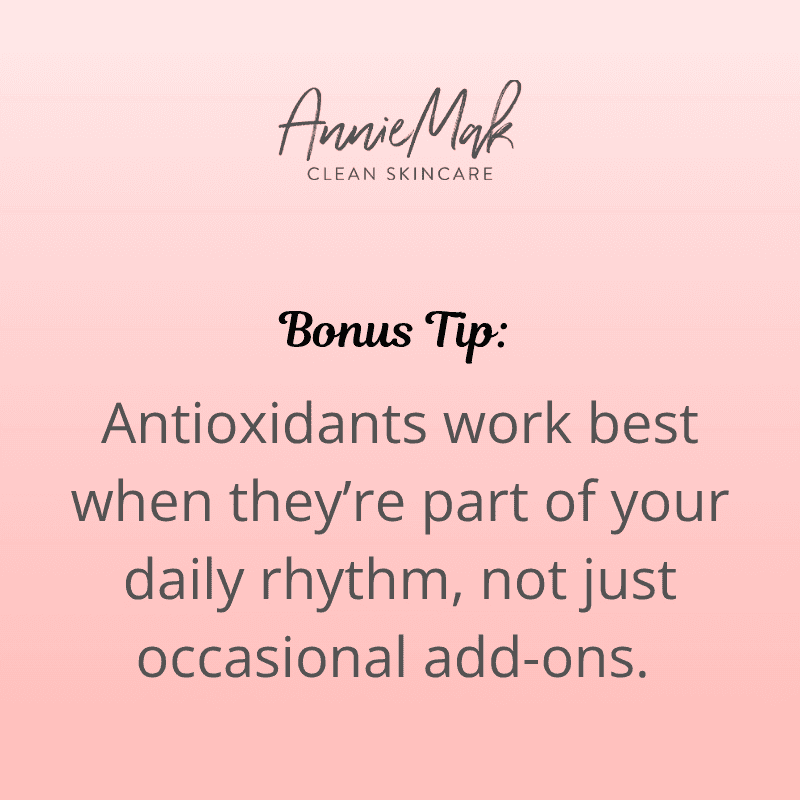
Support Collagen Naturally
Boost collagen from the inside out with clean protein, vitamin C, silica, and collagen supplements that help your skin stay firm and smooth.
Health Coach Tip:
Collagen needs cofactors to do its thing. Think of it like building a house—you need bricks (collagen), but also workers (vitamin C), scaffolding (silica), and raw materials (amino acids). Prioritize whole foods like citrus, bone broth, leafy greens, and pumpkin seeds. And don’t forget: stress and sugar are collagen’s worst enemies—so managing both is just as important as what you’re adding in.
Try: Clean Sourced Collagens, a powerful blend of 5 types of collagen to help restore skin elasticity and structure.
Prioritize Hydration + Barrier Repair
Look for moisturizers and serums with hyaluronic acid, ceramides, and squalane. And don’t forget to hydrate internally by drinking plenty of filtered water and eating water-rich foods like cucumbers, citrus, and watermelon.
Health Coach Tip:
Hydration isn’t just about how much water you drink—it’s about how well your body absorbs and holds onto it. Pair your water with minerals (a pinch of sea salt or trace mineral drops) and eat hydrating foods rich in electrolytes, like cucumber, celery, and citrus. A healthy skin barrier also needs internal fats—so drizzle that olive oil, enjoy your avocado, and say yes to omega-3s. Hydrated skin starts from the inside out and the outside in.
Try: Reverse Anti-Aging Serum to deeply hydrate, nourish, and soften the look of early aging.
Rebalance Hormones Naturally
Support your hormonal health with daily movement, adequate sleep, blood sugar balancing meals, and stress-reducing practices like breathwork or meditation. Bonus: adaptogens like ashwagandha and maca can help, too.
Health Coach Tip:
Your hormones love predictability. Skipping meals, skimping on sleep, or stressing nonstop sends mixed signals that throw your skin (and mood) out of balance. Anchor your day with a protein-rich breakfast within an hour of waking to stabilize blood sugar, and aim for consistent bedtimes—even on weekends. Small shifts like these send a powerful message to your body: “You’re safe.” And when your body feels safe, your hormones—and your skin—can thrive.
Detox Your Skincare Routine
Say goodbye to harsh, stripping products and hello to clean, nourishing formulas that support your skin’s natural healing process. Your skin doesn’t need to be attacked — it needs to be supported.
Health Coach Tip:
Your skin is your body’s largest detox organ—and what you put on it is just as important as what you put in it. Start by reading labels like you would food: if you can’t pronounce it or wouldn’t eat it, your skin probably doesn’t want it either. Swap one product at a time to avoid overwhelm, and give your skin 2–4 weeks to adjust. Remember, detoxing isn’t about perfection—it’s about reducing the daily toxic load so your skin can repair and glow naturally.
Try: Complete Skin Rejuvenation Kit for a simple, toxin-free skincare routine that actually works.
Protect, Protect, Protect
Yes, sunscreen every single day. Opt for a mineral-based SPF that won’t clog pores or irritate sensitive skin. Sun damage is the #1 accelerator of skin aging.
Health Coach Tip:
Think of sunscreen as your skin’s daily insurance policy—not just for preventing wrinkles, but for protecting your collagen, your barrier, and even your long-term health. Go for mineral-based options with zinc oxide or titanium dioxide, and layer it on after your skincare (but before makeup). Bonus tip? Pair your SPF habit with antioxidant-rich foods like tomatoes, berries, and leafy greens—they act like an internal sunscreen to help buffer UV damage from the inside out.
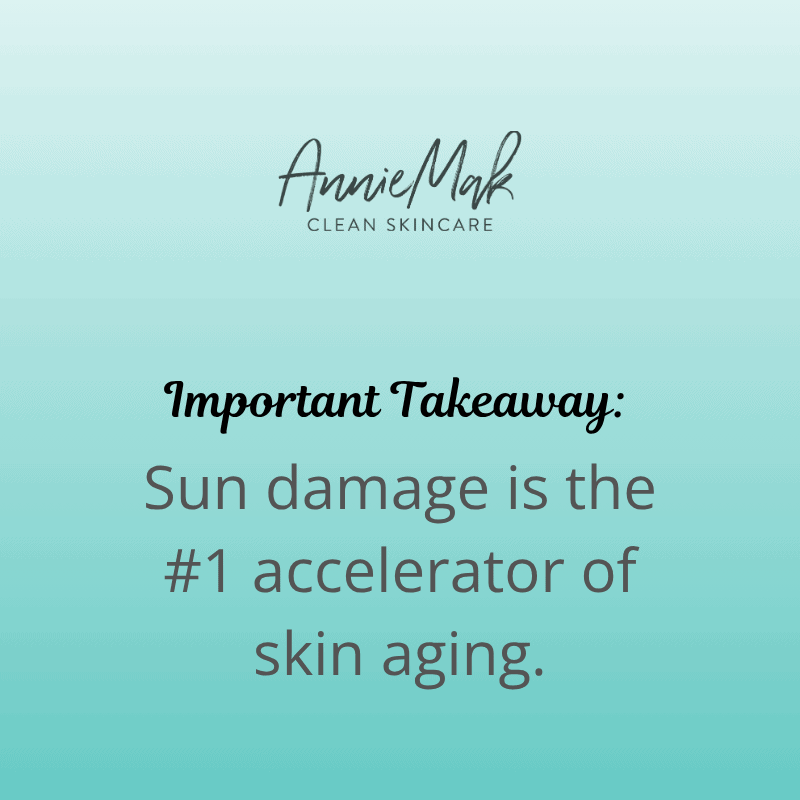
Wrapping It Up!
Your 30s are a turning point for your skin, but that doesn’t mean it’s all downhill. With the right natural habits and clean skincare, this decade can be when your skin truly thrives. Focus on nourishing from within, choosing products that work with your biology, and making small daily habits that build long-term resilience.
And remember: aging is a privilege. But glowing while you do it? That’s a choice. What Happens to Skin as You Age

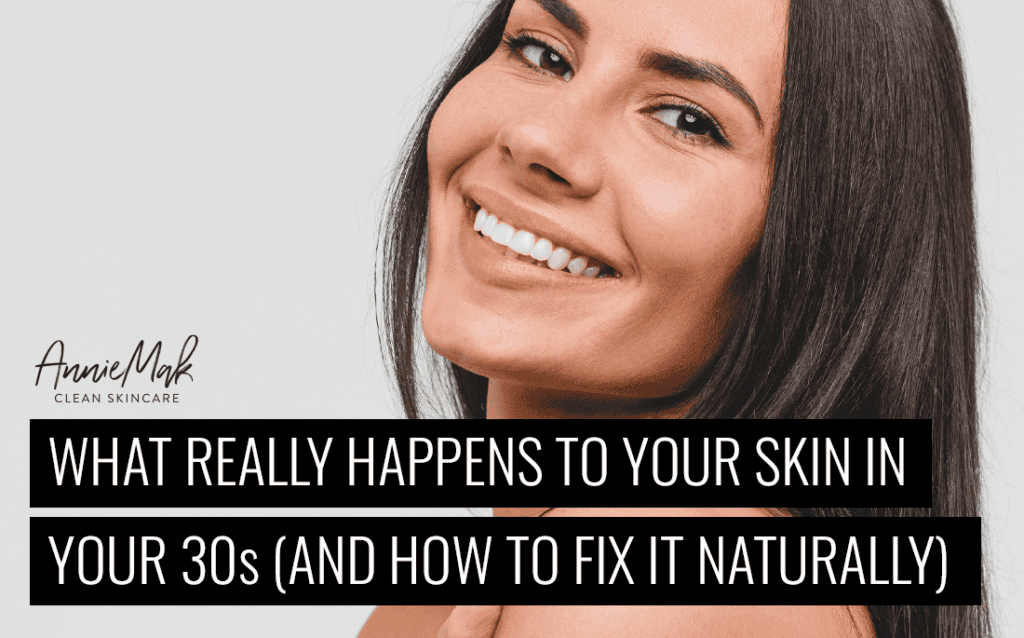




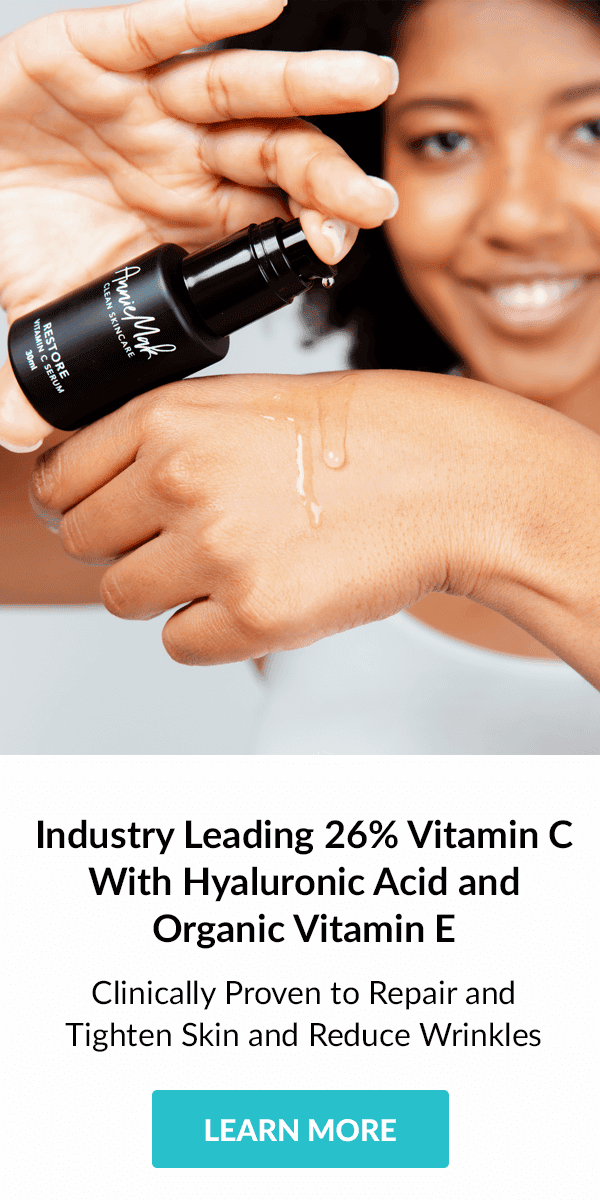

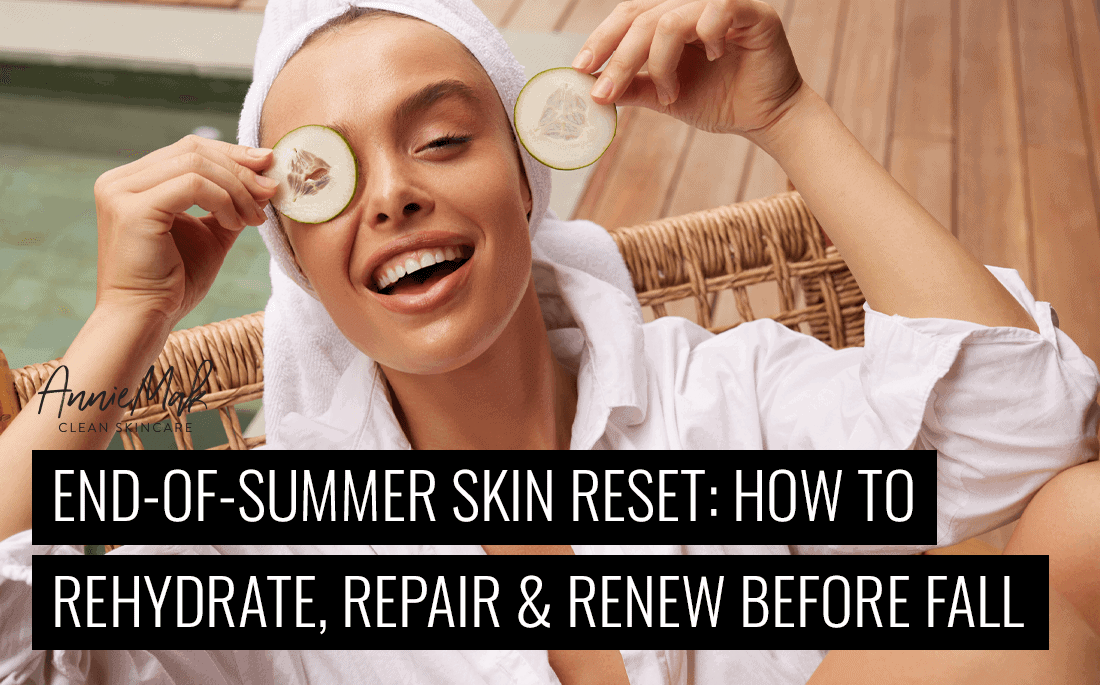

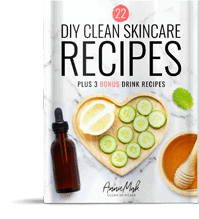
Leave a Reply